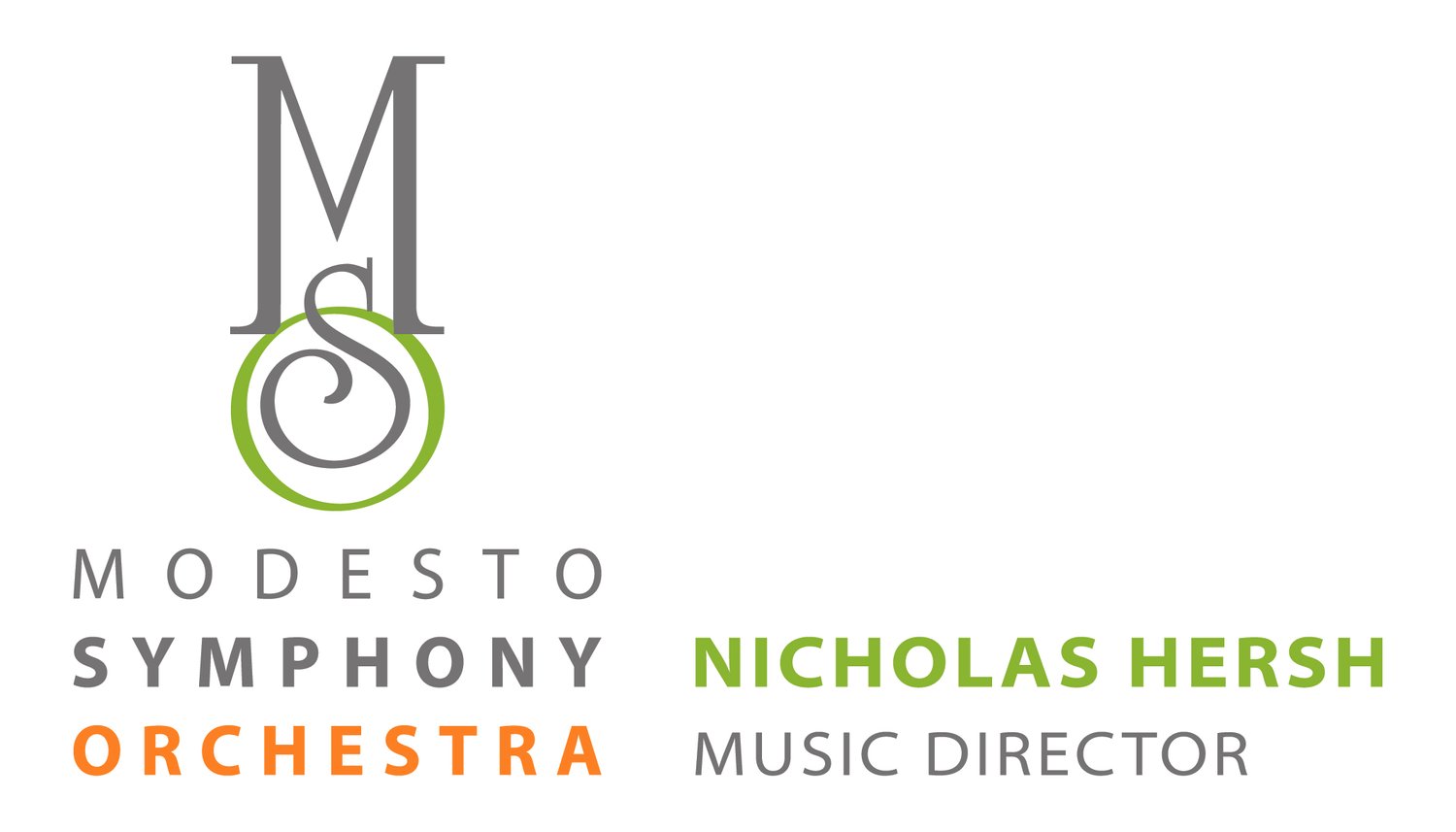Program Notes for November 14 & 15, 2025
Beethoven & Klebanov
Ludwig Van Beethoven (1770-1827)
Concerto in D Major for Violin and Orchestra, Op. 61
Beethoven composed this concerto in 1806, and it was first performed on December 23, 1806, at the Theater-an-der-Wien in Vienna, with Franz Clement as soloist.
Duration: 39 minutes
Background
Beethoven completed his only concerto for violin in 1806, during a burst of creativity that also produced the three “Razumovsky” quartets, the fourth symphony, the “Appassionata” sonata, and the fourth piano concerto. The concerto was written for Franz Clement, a violinist whose association with Beethoven went back to 1794, when Clement was a 14-year-old Wunderkind. The title page dedicates the work to Clement, while noting his “clemency” towards the composer. (Beethoven’s puns were even worse than the normal lot.) The concerto was premiered at a concert that apparently included some pretty flamboyant showmanship. According to a review of the concert in the Wiener Theater-Zeitung, Clement inserted one of his own violin sonatas between the first and second movements of the concerto—a sonata played on one string, with the violin held upside-down! Perhaps because of this blatant showstopper, reviews of the performance were generally disdainful. (The fact that Clement was reportedly sight-reading the concerto may not have helped, either...)
This was not a work that caught on quickly, and it certainly did not follow the fashion of the time. By 1806, audiences were beginning to demand works that displayed astonishing feats of speed and agility: flash over substance. Even as late as 1855, when a young Joseph Joachim played Beethoven’s concerto for the virtuoso Louis Spohr, Spohr’s reaction was: “This is all very nice, but now I’d like you to play a real violin work.” Beethoven’s concerto is more symphonic in scope, focusing on careful development of his broad and profound themes, and brilliant orchestration, instead of empty virtuosity. The concerto finally came into its own in the later 19th century, as players like Joachim confronted the special challenges of Beethoven’s work: thoughtfulness and musical expression.
What You’ll Hear
The first movement (Allegro ma non troppo) begins with five unaccompanied timpani notes that usher in the woodwinds. The orchestral introduction presents the themes that will provide the raw material for the solo violin’s more extensive treatment. At the close of the introduction, the orchestra hushes and allows the opening violin line to burst forth—a flourish that spans the entire range of the instrument. The body of this movement is based on a set of beautiful hymn-like themes. The violin’s expansion of these melodies is never merely flashy decoration, but instead careful development. A lengthy cadenza leads to a final statement of the second main theme.
The Larghetto is certainly one of the most intriguing and expressive of Beethoven’s compositions. Its form has variously been described as “theme and variations,” “semi-variations” and even “strophic.” In a classic essay, Beethoven scholar Owen Jander suggested that the deliberate ambiguities in the overall theme and variations form of the Larghetto reflect a burgeoning Romanticism—that the slow movement is a musical rendering of a poetic dialogue. In fact, the movement proceeds in a gentle but passionate dialogue between the soloist and the orchestra, culminating in a dramatic cadenza that leads directly into the final movement.
The last movement is more typical of Classical style—a spirited 6/8 Rondo. Here, it seems, Beethoven made a slight bow to audience demand and gave the violinist some flashier technical passages. There is a brief minor-key episode at the center, but otherwise the mood of this concerto is exuberant throughout. The concerto closes with an extended coda that gives the violinist one more chance at some soloistic fireworks.
Program Notes ©2025 J. Michael Allsen
Dmitri Klebanov
Symphony No. 1 “In Memoriam Babi Yar”
Dmytro Lvovich Klebanov was born in 1907 to a working-class Jewish family in Kharkiv, Ukraine. A musical prodigy, he enrolled at the Kharkiv Conservatory at age 16, where he would later return as professor of composition (and where he would meet his wife Nina, the conservatory director). His burgeoning reputation as a composer in the Soviet Union in the 1930s speaks to his talent and tenacity at a time when Stalin’s government was targeting and disappearing Ukrainian artists and intellectuals—a period known as the Executed Renaissance.
When the Nazi army invaded Ukraine in 1941, Klebanov and his family, along with thousands of other Soviet Jews, were relocated to Uzbekistan; they returned home in 1944 to find horrific destruction and loss of life, including Klebanov’s brother, a soldier in the Soviet army. With this backdrop, Klebanov immediately began work on his First Symphony, dedicating it to the victims of the September 1941 massacre of nearly 34,000 Jews at the hands of the occupying Nazis at the Babi Yar ravine in Kyiv (some 17 years later, Babi Yar would also be the theme of Dmitri Shostakovich’s Symphony No. 13).
Klebanov’s Symphony No. 1 premiered in 1946 in Kharkiv, and its public success moved it to be submitted for the 1949 Stalin Prize. The score’s arrival in Moscow, however, led not to commendation, but condemnation: Stalin’s cultural authorities connected the symphony’s dedication to its Jewish melodic influences, and claimed that by using such sources, Klebanov had “unpatriotically” and “insolently” dedicated it specifically to Jewish, rather than Soviet, victims of the massacre.
Any additional performances of the symphony were canceled, and Klebanov found himself blacklisted. His wife’s stature as conservatory director likely saved him from deportation or worse, but a ruling by the Union of Soviet Composers stripped him of his titles as Head of the Kharkiv Conservatory’s Composition Department and as Chair of the local Composers’ Union. Klebanov was allowed to remain at his post in Kharkiv, but was he effectively shunned and isolated. He would not hear his symphony again before his death in 1987.
From its first notes, the symphony invokes a curious specter: Beethoven’s famous Ninth Symphony, with its descending fourths and fifths over a rustling bed of tremolando strings. At the same time, this first theme conjures an image of falling, as if into the Babi Yar ravine itself. A gentler, nostalgic second theme is introduced in contrast, based on the opposite motion of a rising fourth.
The Scherzo second movement opens with mysterious celli and basses and soon becomes a rousing, brutal dance in 3/4 time. A romantic arioso theme for the violins opens the middle Trio section, which slowly builds to a raucous climax and settles back to a softer sequence of yearning woodwind solos.
The third movement, a funeral march, recalls the nostalgic second theme of the first movement with its rising fourth, now a dark and somber solo for the bass clarinet. An animated, ferocious middle section summons the first theme of the first movement once again, before a final, grand statement of the Funeral March theme collapses into the most evocative moment of the symphony: the March theme, sung wordlessly by a contralto vocal solo. The ghost of a synagogue cantor, perhaps—a victim of the massacre.
The Finale erupts in a bombastic paraphrase of the Presto Finale of Beethoven’s Ninth, leading to a series of cello-bass recitatives interspersed with recollections of previous movements of the symphony—again, the same architecture as Beethoven’s finale. Klebanov’s recitatives have a singspeak-like intonation that seems to evoke a Hebrew recitation: the Mourner’s Kaddish prayer, perhaps. An English horn solo emulates a shofar, the traditional ram’s horn blown during the Jewish High Holidays.
Klebanov then builds a tightly-constructed fugue, its boisterous subject built around the intervals of the recitative motif, which leads to a reprise of the opening Presto. What follows can only be described as a satire of the Ode to Joy itself, introduced with soft celli and basses in the same way Beethoven presents his famous melody. Klebanov’s mock-Ode theme undergoes a series of dramatic variations before ending up a militaristic trumpet duet punctuated by orchestral cannon fire. The recitative returns, now in an aggressive, off-kilter ostinato, which leads finally to the coda: the return of the first movement “Babi Yar” theme, now rising victoriously as an exuberant brass fanfare, in conversation with the Hebraic recitative in the low voices below.
It does not strain the imagination to interpret these references to Beethoven as an act of defiance against Ukraine’s erstwhile invaders, holding up a mirror to the Germanic music the Nazis once touted as proof of their own superiority while juxtaposing it against Jewish-inspired melodies. “Despite their atrocities against our people,” the subtext might read, “we are still here.”
Program Notes written by Music Director Nicholas Hersh

















